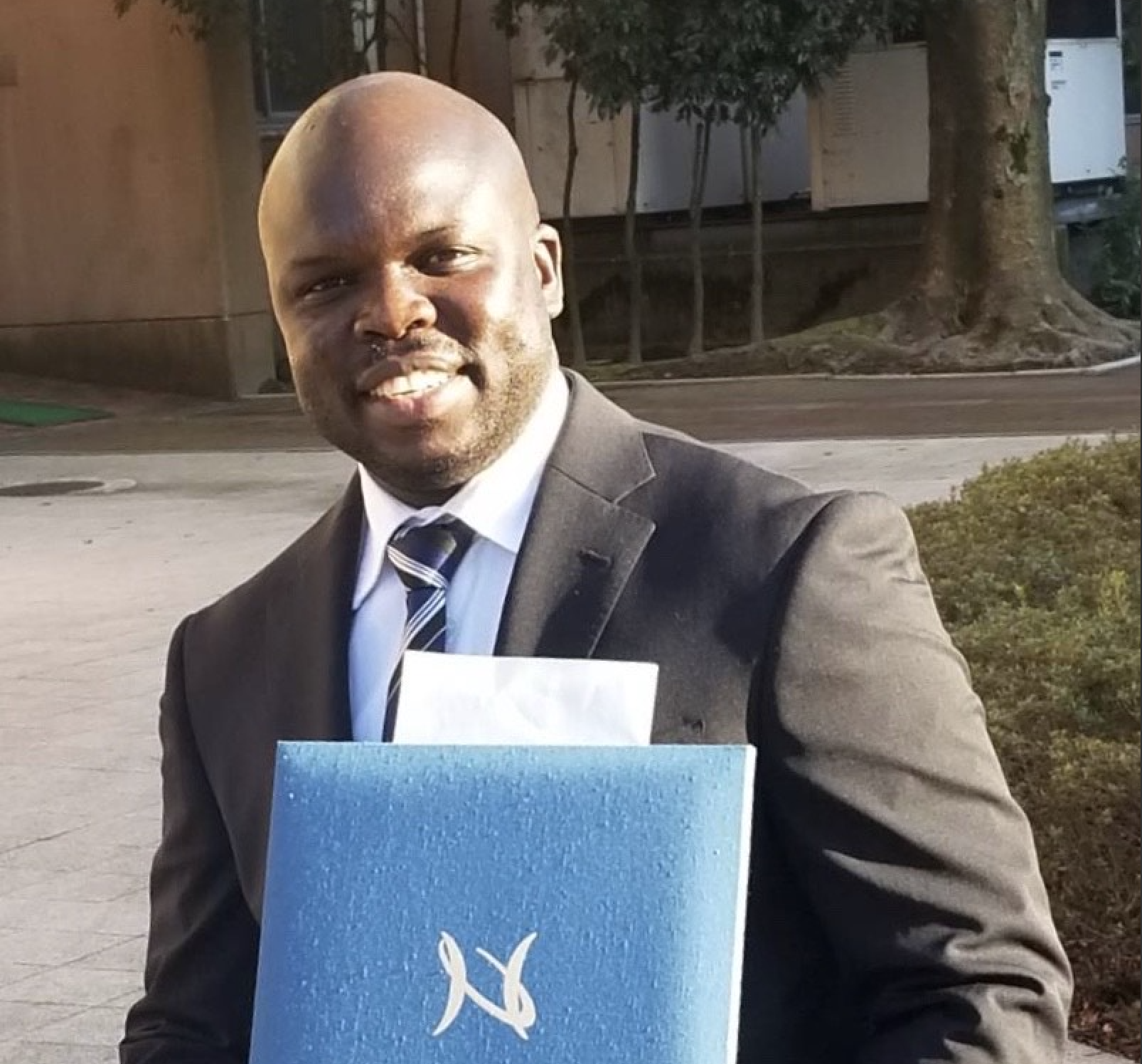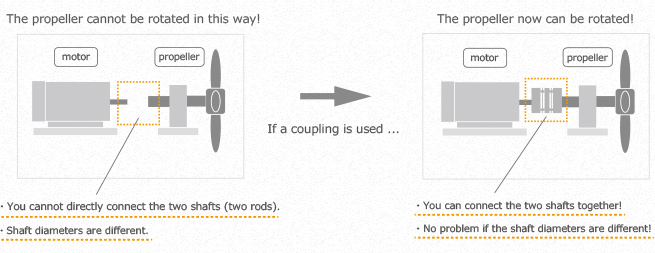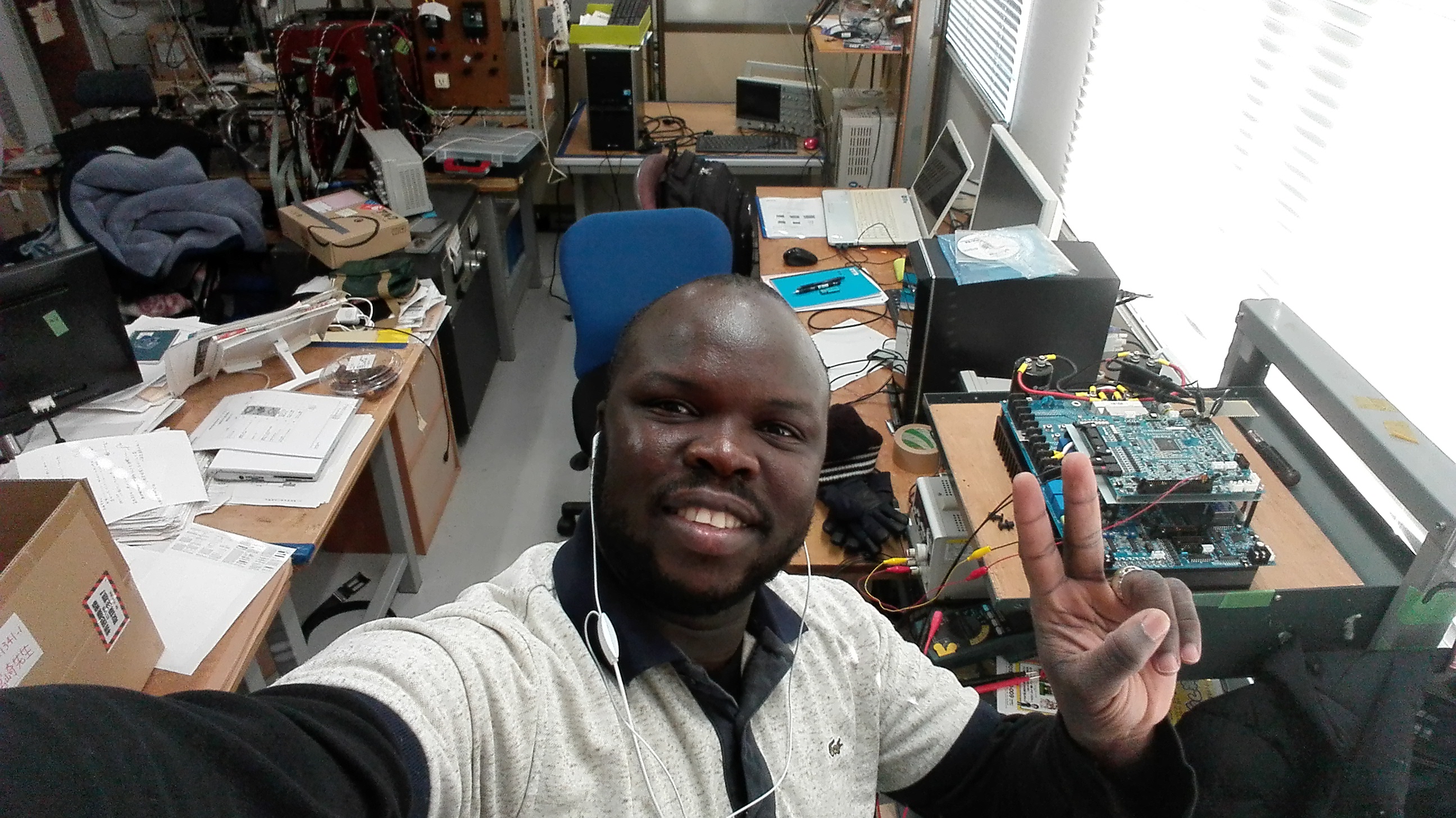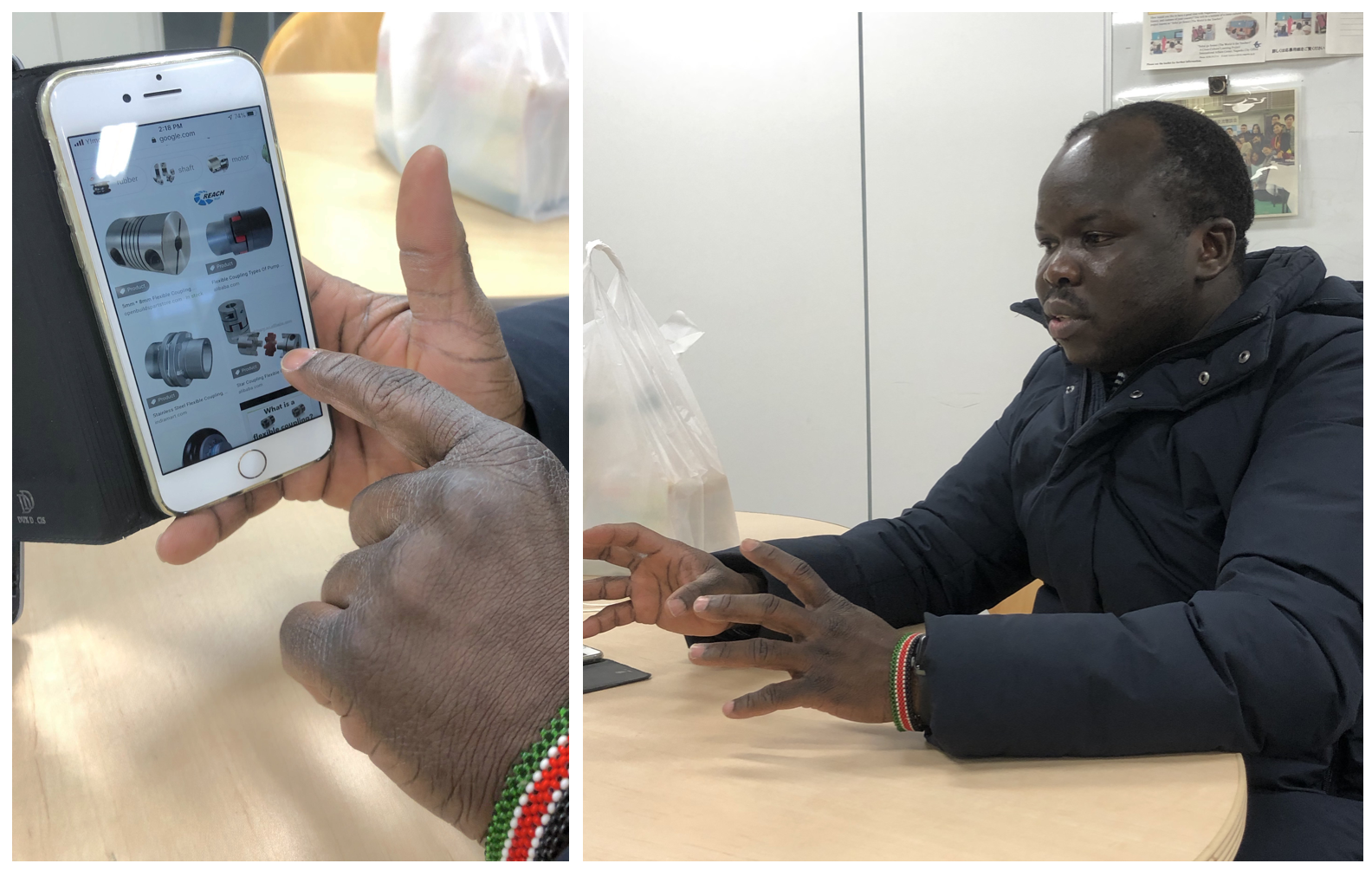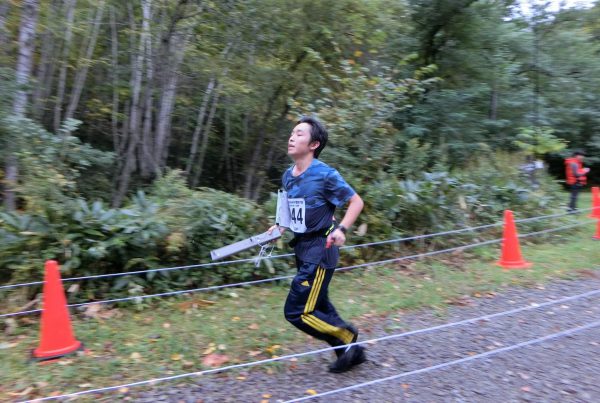As more and more regions in the world are taking their path towards economic growth and development by means of industrialization, it is expected that the global energy consumption will further rise in the years to come.
But resources that power transportation systems, ICT, modern agriculture, and end-use consumption are not infinite.
For Victor Vojoki Caesar Zemangi, it is important to find ways to efficiently maximize our energy footprint if we are to live in a sustainable future.
“As a young engineer from Africa, I know that the continent is experiencing rapid urbanization and the demand for motorizing systems will increase in the next 20-25 years,” he begins.
“Motor drive systems are pretty much everywhere. They power robots, cars, railways, machines in factories, and even household systems that we use at home. My research focuses on the loss minimization on motor drives with two resonant inertia system. This system consists of a motor coupled to load with a flexible joint or coupling,” Victor explains.
The value of his research
A motor drive a the device that controls the electrical energy in a device. In cars, motor drives control the speed, direction, torque, and horsepower of a motor. Coupling, on the other hand, is the “part that connects two shafts together.” This coupling allows power to be transmitted from the motor to the controlled device.
How coupling enables power to be transmitted between two shafts. Photo credit: Miki Pulley
Today, flexible joint or coupling is widely seen in robots and the robotic industry. This enables the robots to have more flexibility, increase their maneuverability, and enable contact with the objects in its environment.
“Most research studies,” he continues, “have been done on a single system like one-motor system through a rigid coupling. But my case is different. I’m using a flexible coupling that’s why it is considered a two-mass system.”
“A lot of research has been done on the one-mass system to correct loss minimization. But in two-mass system, not a lot of studies have been done in this area yet,” he adds.
Inside one of the laboratories at NUT. Photo credit: Victor Zemangi
“Loss minimization is important because the performance of the motor is affected by these losses or by the coupling losses. My research looks at electrical losses, copper losses, or iron losses. If these losses happen, the motor efficiency will be reduced. But if you reduce these electrical losses, you improve the efficiency of the motor,” he stresses.
The educational experience at NUT
“The two-mass system in robotics,” he shares, “is something I never studied before coming to Japan. It was typically new for me and I learned a lot about it.”
Victor was born and raised in South Sudan, a country located in East-Central Africa and separated by at least 11,000 km (7000 miles) from Japan. A plane that flies from South Sudan at an average of 800 km/h can reach Japan in approximately 14 hours.
Looking back on how he started his journey, Victor recalls: “Back in South Sudan, we had a scholarship called ABE (African Business Education). It’s a scholarship from the Japanese government through JICA for the 54 African countries. When I was filling that form, I had to select the university where I want to study, my program, and the professor I want to work with. I had to search for the best ranking universities in Japan based on the field of study and NUT was one of the top-ranking technical universities. I was so glad when I made it to the university.”
“The training and education I had was very rigorous. And I say that because I worked with professors who have experience in the field. So when I present them with my project, and the result is not according to what they expect or imagine based on the proposed method, they’d ask why and continuously ask why until you bring it to a very logical, consistent, and technically correct point,” he shares.
”“There’s a lot of stretching and when you stretch yourself, you learn a lot, and when you learn a lot, you grow a lot.”
Victor Vojoki Caesar ZemangiM.S., Nagaoka University of Technology
“You have to learn by yourself. The professor is there to guide you, and whenever I get a roadblock, I always refer back to my professor. Also, I connect with people in the university who can help me, for example, check my calculations. So before, I go and present to my professors, I check my calculations myself and then check with my senpai and then I present the findings to my professor in my report meeting.”
“But the most important point for me is you have to bring it up. You don’t need to wait for them. You have to find it yourself. That is the good part of learning here in Japan,” he says.
Unforgettable experiences in Japan
Victor’s experience in Japan wasn’t limited to his studies alone. Some of the unforgettable experiences he will never forget include his first snowfall experience in Nagaoka.
“First, the weather. Nagaoka can be very cool during winter; this was so different from South Sudan. And since you cannot change the environment, I had to adapt. In 2017, in the history of Nagaoka, came the highest snowfall ever,” he recounts.
“When you walk through the snow, you cannot be seen because there’s like a high wall in front of you. That was quite an experience for someone who comes from sunny Africa,” he smiles recalling the experience.
Victor shares that snowfall in Nagaoka can turn into “snow walls.” Photo credit: Victor Zemangi
When he had the time outside of research, Victor also tried new experiences outside of Nagaoka.
“I climbed Mt. Fuji, once,” he says “but I am not sure if I would do it again,” he laughs. “In the beginning, it was good. But in the middle, I started to think, what brought me here? I thought of the length of the climb and it was a very long way to go back and it’s still long way to go up. But the good thing was I had a group with me, and we kept telling ourselves like, yeah, we can make it, we can make it until we reach the top. It was so good when we reached the top to see the sunrise. It was a good experience and coming back was so easy,” he recounts.
Sea of clouds and sunrise view from Mt Fuji. Photo credit: Victor Zemangi
Coming back to Nagaoka, Victor’s unforgettable experience in the city was quite unique.
“One of the main attractions every year in Nagaoka is the fireworks festival around Shinano River. My colleague in the lab and I decided to watch it. And we did, but looking out at the fireworks from the mountain of Ojiya.”
“From a bird’s eye view, the fireworks,” he recounts, “look even more magnificent.”
Fireworks Festival in the City of Nagaoka. Photo credit: ZEKKEI Japan
Victor also took his wife and his son to the Niigata City Aquarium during their visit. Photo credit: Victor Zemangi
A vision for South Sudan
Prior to his master’s program at NUT, Victor was working with an oil petroleum company. “I will most likely go back to the same company where we have our own motor control centers,” he shares.
“What I have learned is much still new for my country. Robotics is still a relatively new field and I hope I can use what I learned here to help develop my own country,” he concludes.
In a United Nations article, Victor summarized his vision for the future:
“In 2045, I see Africa free of aid, integrated with modern roads, information systems, modern agriculture, advanced power grids, and railways. An economically independent continent and younger generations, including engineers and researchers, are embracing new development and are turning Africa into a producing and manufacturing continent.”

